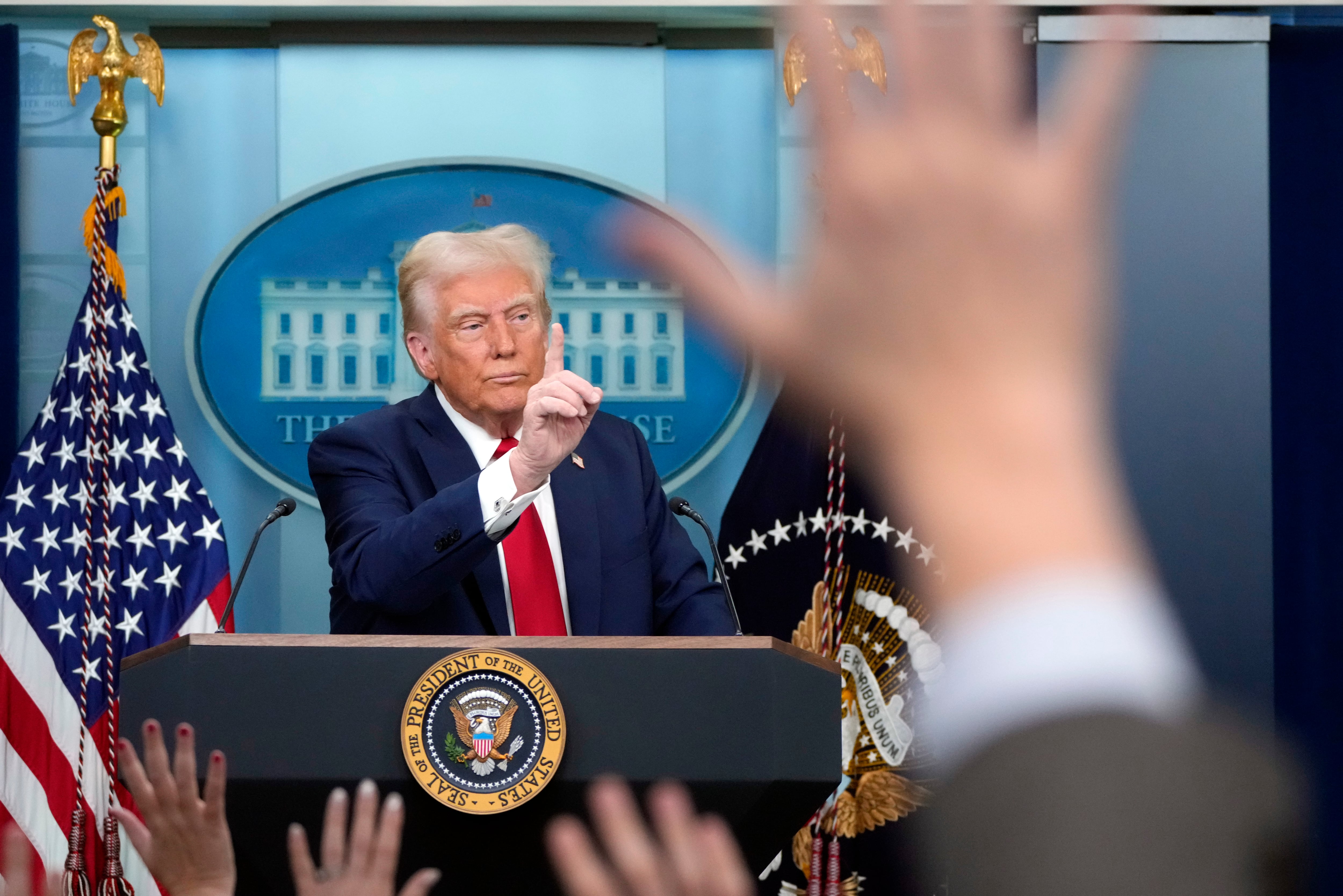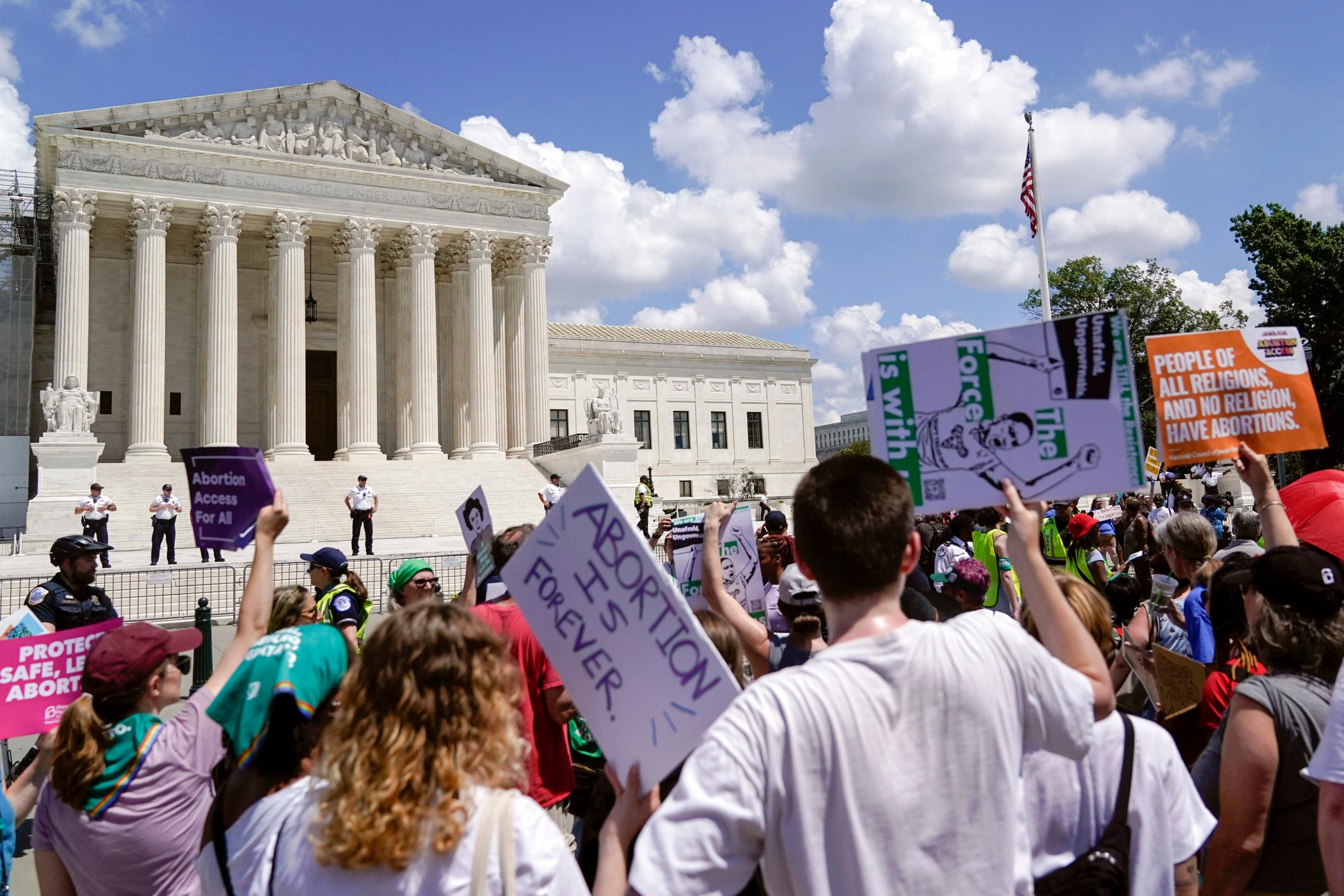CHICAGO — With more than a century of rain, wind, snow and pollution conspiring to erase what was once carved into a row of headstones, about the only thing anyone in the tiny north-central Illinois community of Odell knew of the men buried there was that they'd fought in the Civil War.
That'll be different this Memorial Day at Odell Township Cemetery, thanks to scientific detective work by local high school students and a federal government agency that was impressed enough with their work to send new grave markers to the community 90 miles southwest of Chicago.
"These kids gave these men their identity back," said Harold Schook, a 74-year-old Air Force veteran who every year at this time plants small American flags near area veterans' graves with his American Legion buddies.
The last three of five new headstones arrived last month and were put in place with the others — the final chapter in a story that began a couple years ago when Schook contacted Paul Ritter, a high school science teacher at Pontiac Township High School who'd had his students study the effects of acid rain on grave markers. Maybe, Schook suggested, the students could discover the names of the men who were identified simply as "soldier" in the cemetery's plat map.
The chance to solve the mystery proved irresistible.
"They left their families, some forever, to fight for their country," said Seth Cunningham, 18. "The least we could do was give them their names back so people can know who they are."
The students tried etching the tombstones, then smearing them with shaving cream, knowing that tiny ridges can appear when it dissolves. Nothing worked.
At the suggestion of a student, they took a color photograph of the markers, and then turned it black and white. Nothing again. But when they reversed those two colors: "We started (seeing) some letters," Ritter said.
Using those letters, the students compared them with a registry of the 157 Civil War veterans in Livingston County, Ritter said. Before long, they had their five names: James Wightman, Warren Newton, William Dudley, Thomas Thompson, and Thomas McNulty Vincent.
The students then went to work finding out all they could about the five; at least one died in battle.
"After fighting off two waves of Confederate soldiers, Capt. Wightman was shot by a single enemy from a flank in the third wave," the students wrote in one of their eulogies of the men. "Before he fell, Capt. Wightman rallied troops as he stood atop the fortifications and waved his sword, celebrating their recent victory."
The research on Vincent even led them to one of his descendants, Ken Falkson, of Cary, about 100 miles north. Falkson said he knew that his great-great-great-grandfather was buried in Odell and had even visited years ago.
"It is important for the kids because it gives them a connection to the community (and) it makes history come alive for them," Falkson said.
Ritter said he contacted a local U.S. Department of Veterans Affairs office and others about what they'd uncovered, and that office submitted the information to the National Cemetery Administration's Memorial Programs Service, which issues replacement markers for those that have been damaged beyond repair or are illegible.
It worked. "Our mission here is to leave no veteran's grave unmarked," said John Corsi, a supervisor with the service.
The students' work, Ritter says, has revealed to him an "epidemic" of deteriorating markers around the country that take with them reminders of past generations' bravery and sacrifice.
"We are preparing a template and a curriculum so other schools and communities can do what we did," Ritter said. "It is our moral obligation to see what we can do for these people who gave their lives for us."
Copyright 2016 The Associated Press. All rights reserved. This material may not be published, broadcast, rewritten or redistributed.





